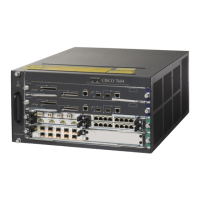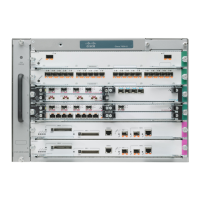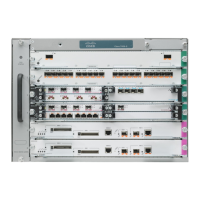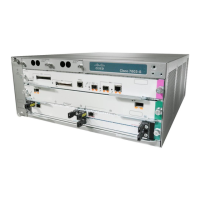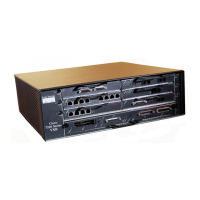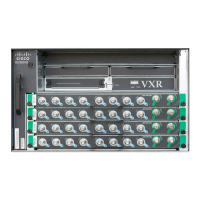32-4
Cisco 7600 Series Router Cisco IOS Software Configuration Guide—12.1E
78-14064-04
Chapter 32 Configuring PFC QoS
Understanding How PFC QoS Works
Note On LAN ports configured as Layer 2 ISL trunks, all traffic is in ISL frames. On LAN ports
configured as Layer 2 802.1Q trunks, all traffic is in 802.1Q frames except for traffic in the
native VLAN.
–
Layer 3 IP precedence values—The IP version 4 specification defines the three most significant
bits of the 1-byte Type of Service (ToS) field as IP precedence. IP precedence values range
between zero for low priority and seven for high priority.
–
Layer 3 differentiated services code point (DSCP) values—The Internet Engineering Task
Force (IETF) has defined the six most significant bits of the 1-byte IP ToS field as the DSCP.
The per-hop behavior represented by a particular DSCP value is configurable. DSCP values
range between 0 and 63 (see the “Configuring DSCP Value Maps” section on page 32-66).
Note Layer 3 IP packets can carry either an IP precedence value or a DSCP value. PFC QoS
supports the use of either value, since DSCP values are backwards compatible with IP
precedence values (see Table 32-1 on page 32-5).
• Classification is the selection of traffic to be marked.
• Marking, according to RFC 2475, is the process of setting a Layer 3 DSCP value in a packet; in this
publication, the definition of marking is extended to include setting Layer 2 CoS values.
• Scheduling is the assignment of Layer 2 frames to a queue. PFC QoS assigns frames to a queue
based on Layer 2 CoS values.
• Congestion avoidance is the process by which PFC QoS reserves ingress and egress LAN port
capacity for Layer 2 frames with high-priority Layer 2 CoS values. PFC QoS implements
congestion avoidance with Layer 2 CoS value-based drop thresholds. A drop threshold is the
percentage of queue buffer utilization above which frames with a specified Layer 2 CoS value is
dropped, leaving the buffer available for frames with higher-priority Layer 2 CoS values.
• Policing is limiting bandwidth used by a flow of traffic. Policing is done on the Policy Feature Card
(PFC) or on the Policy Feature Card 2 (PFC2) and distributed forwarding cards (DFCs). Policing
can mark or drop traffic.

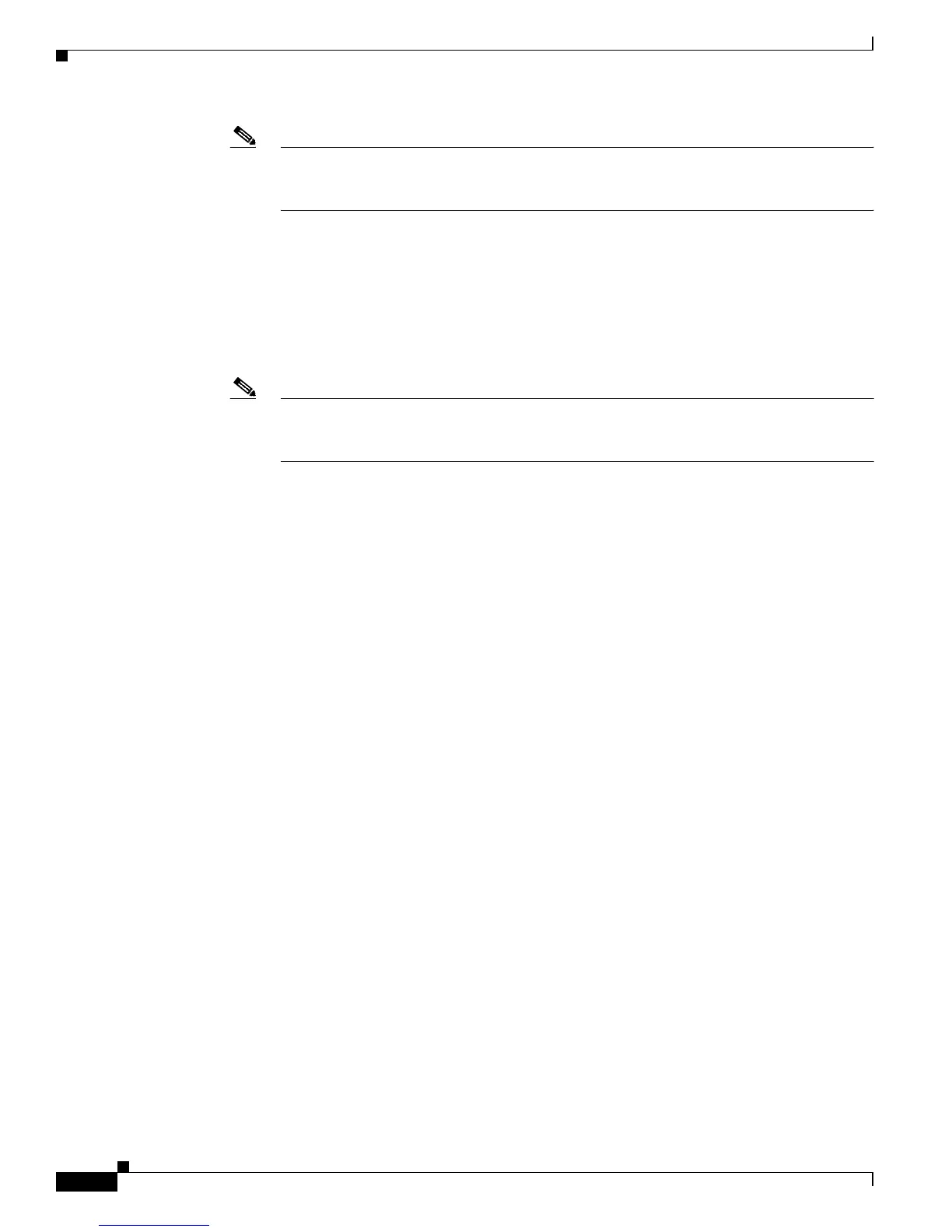